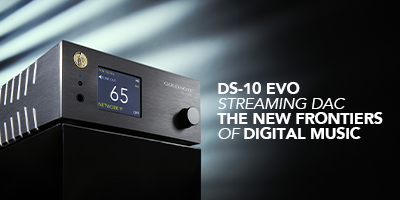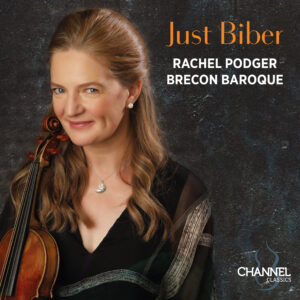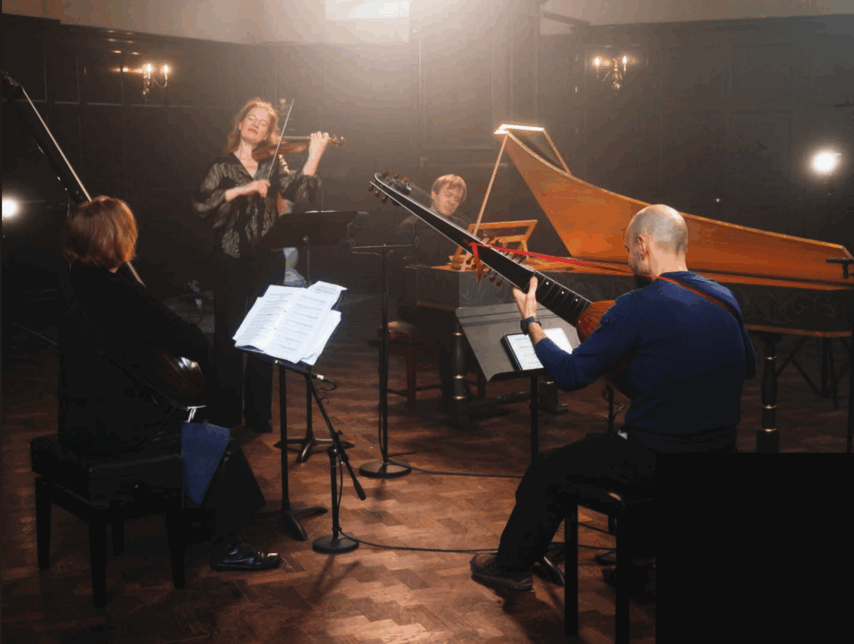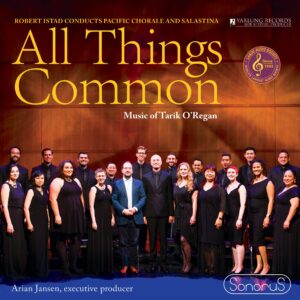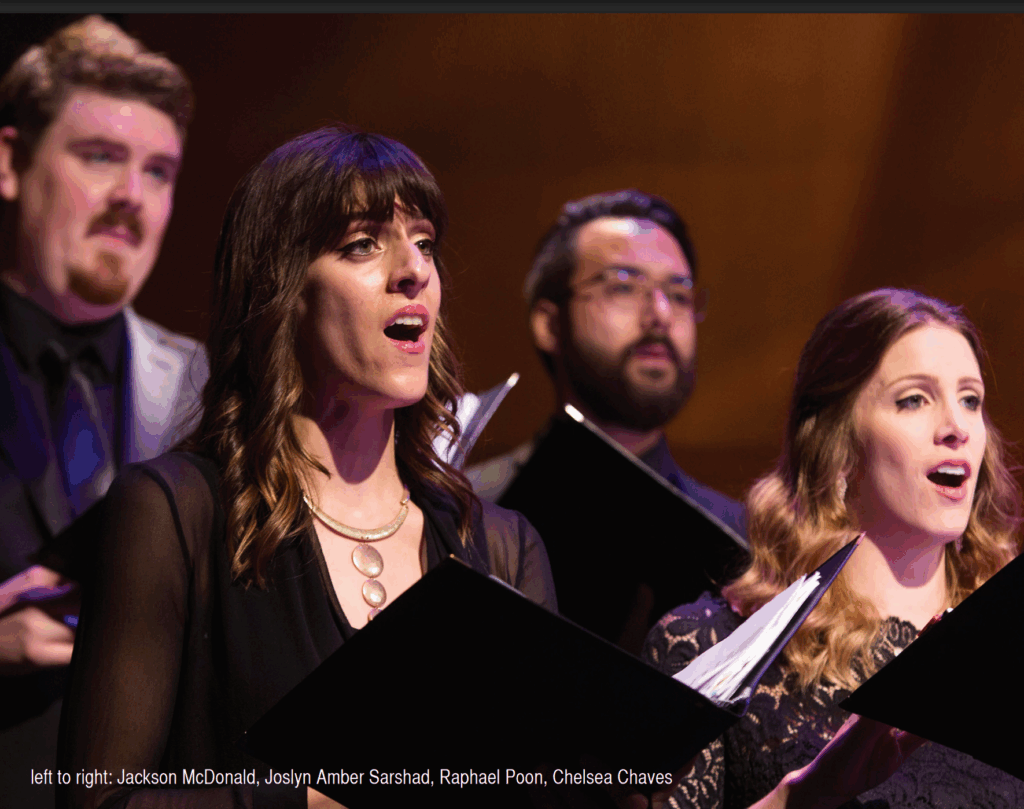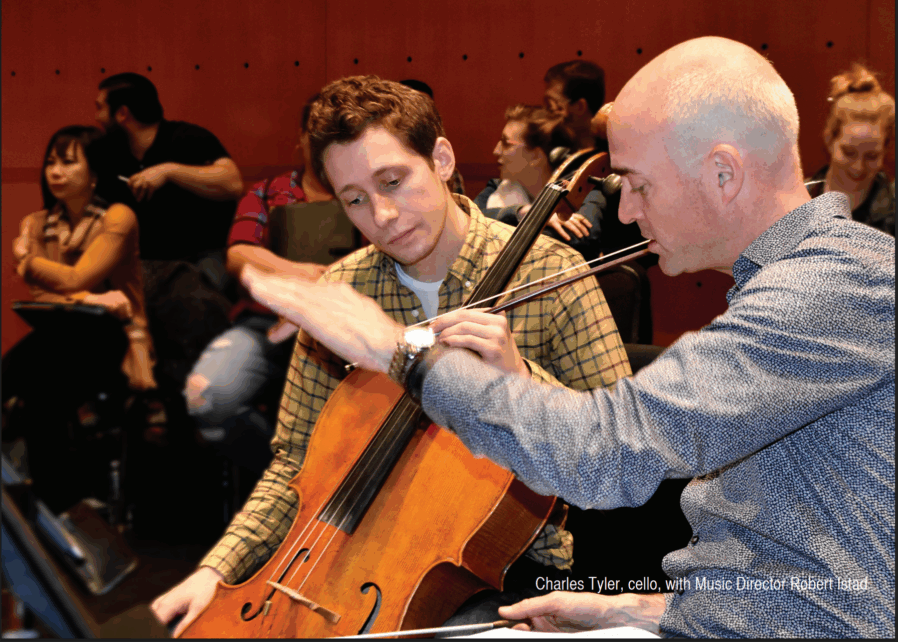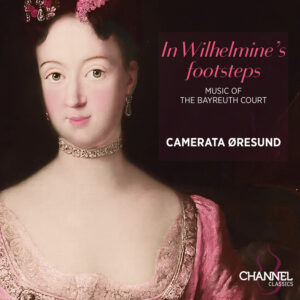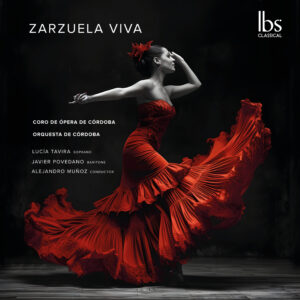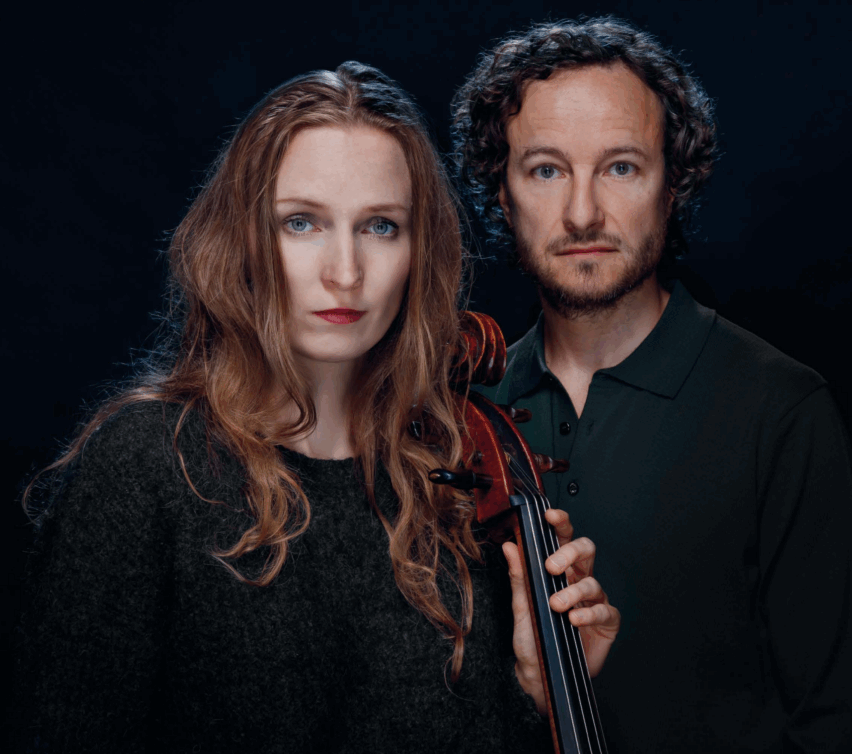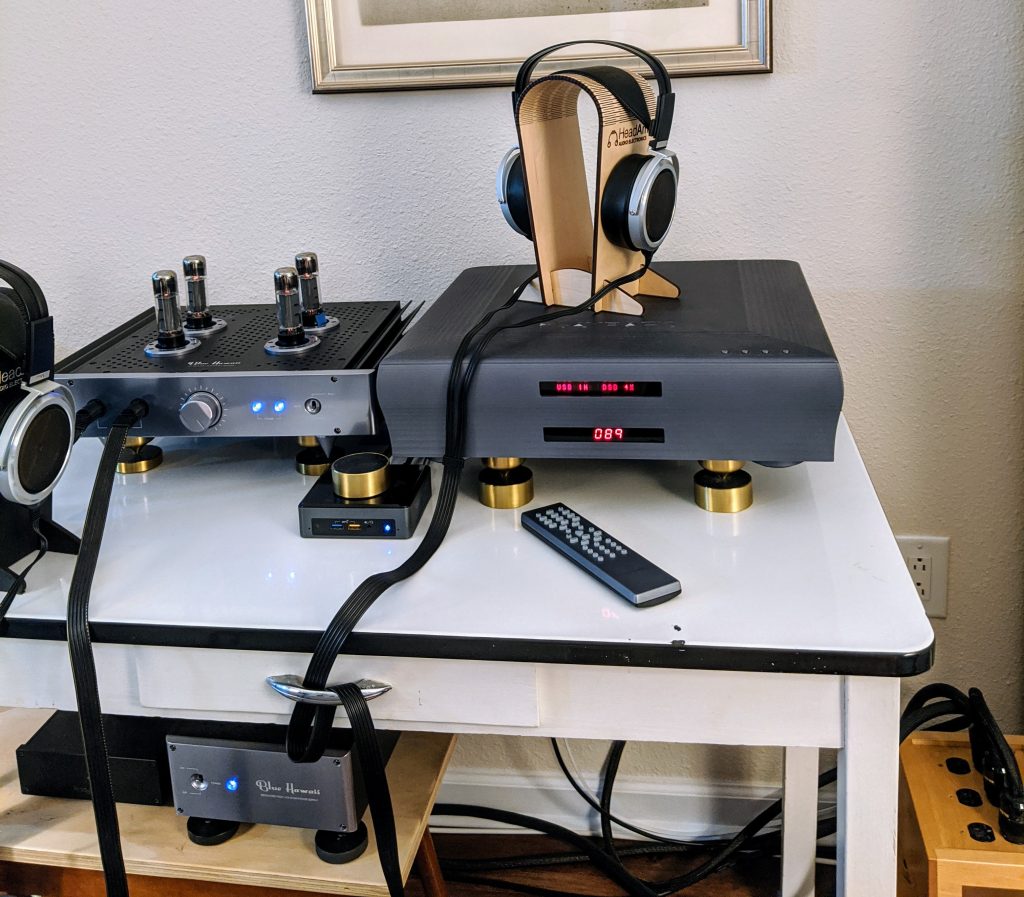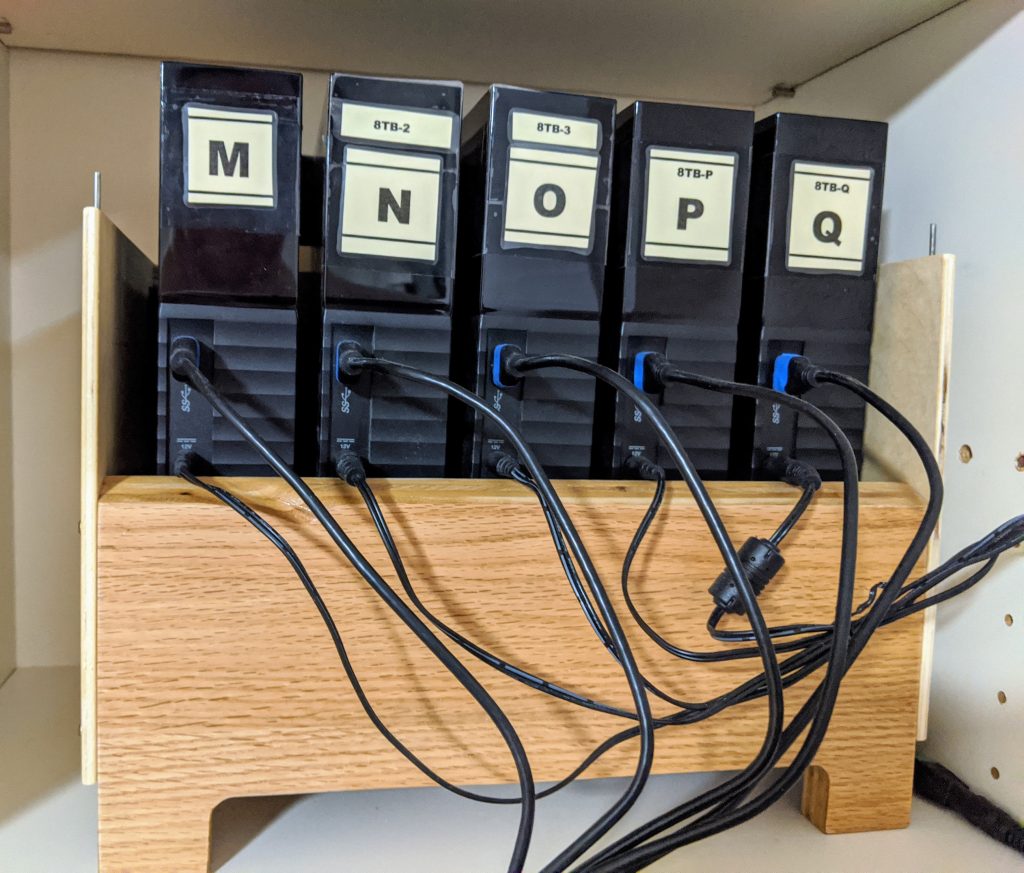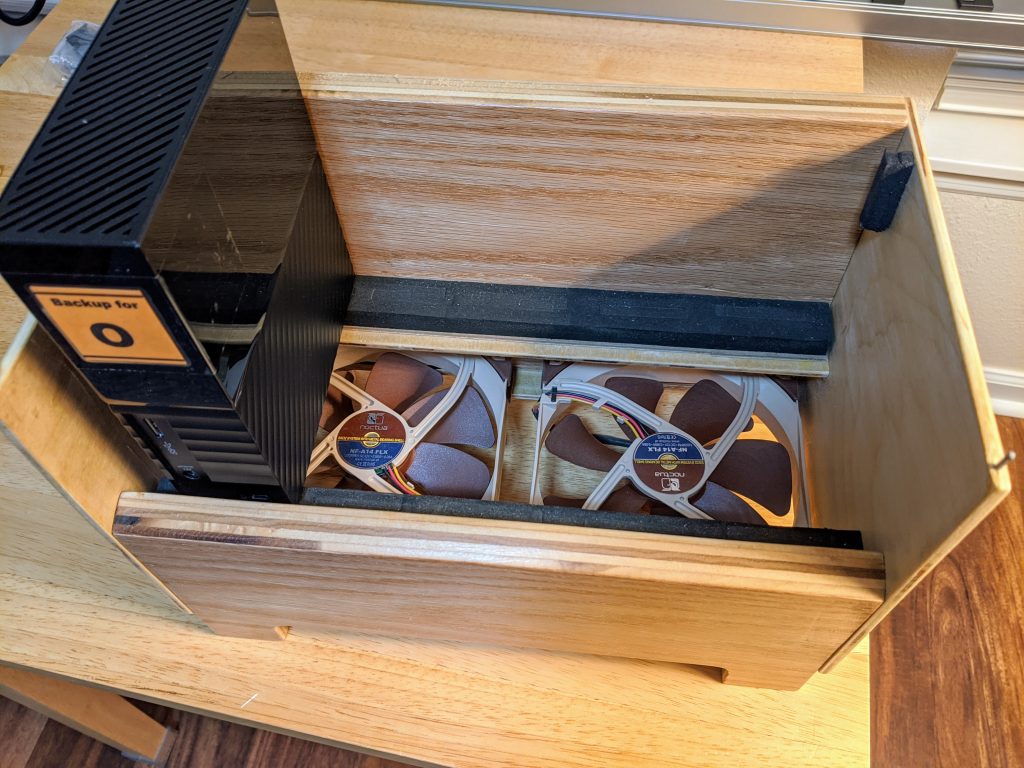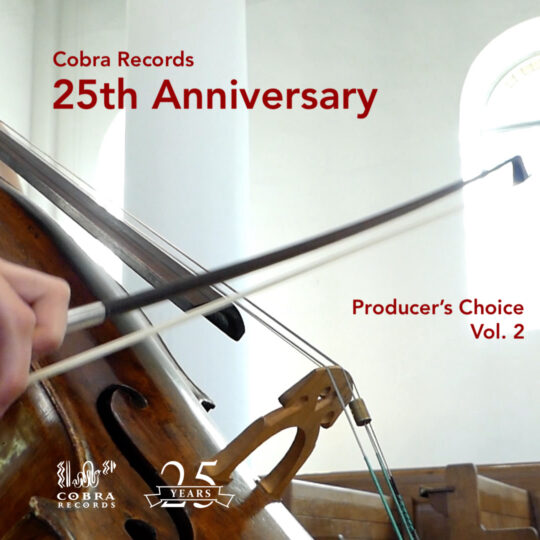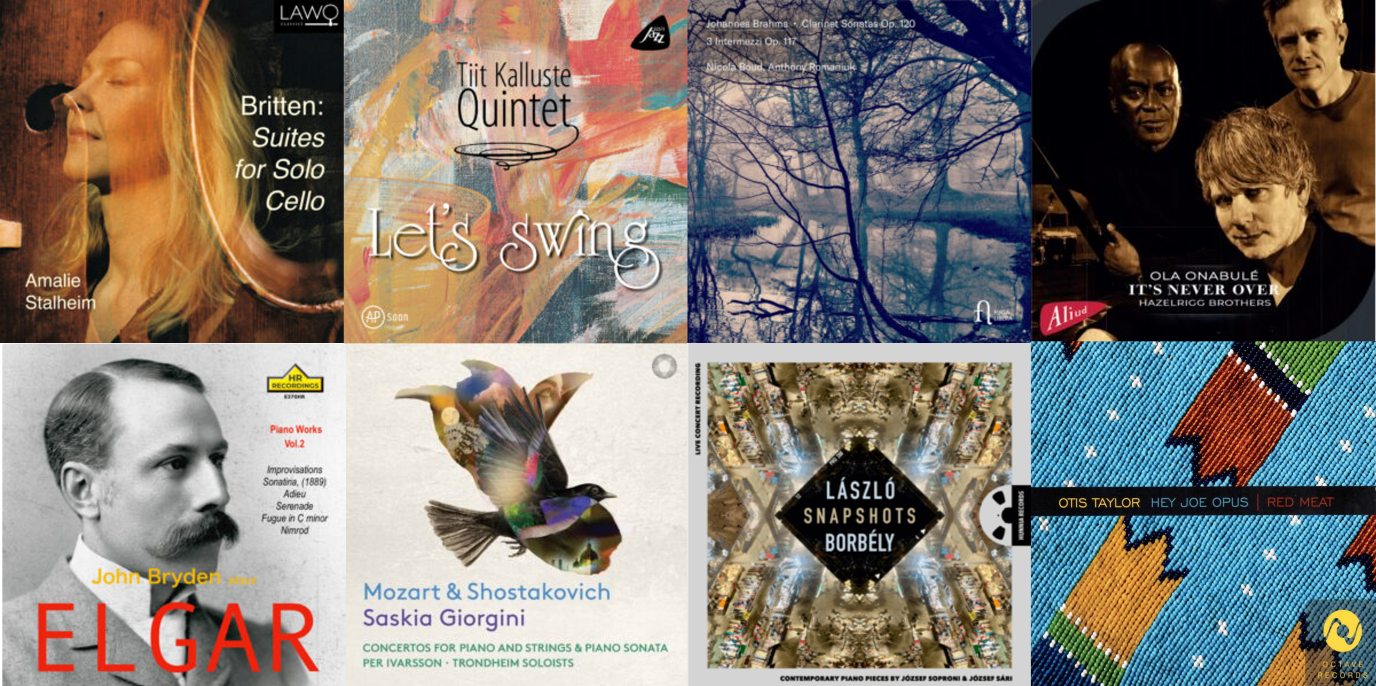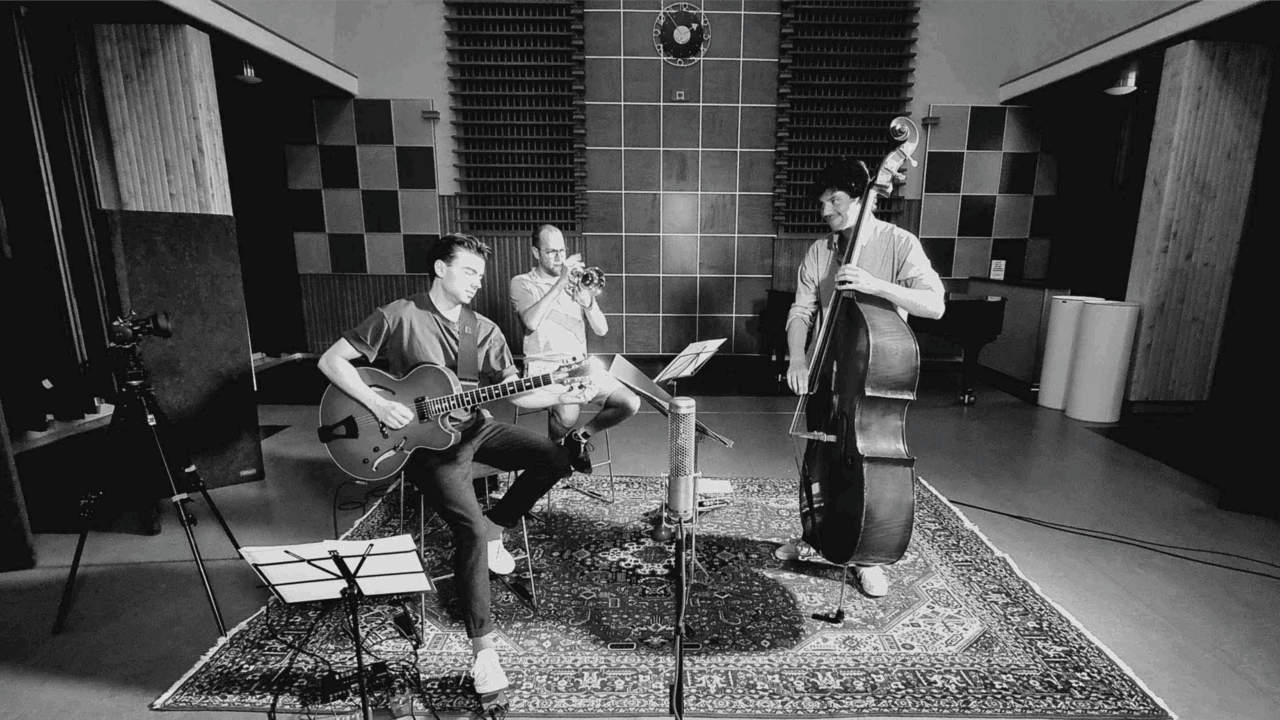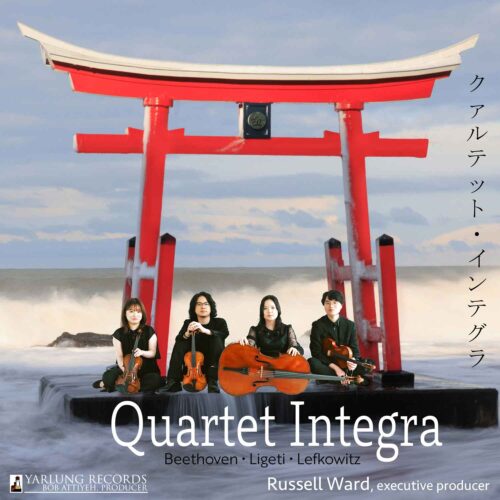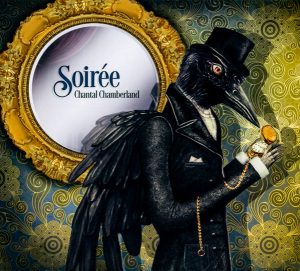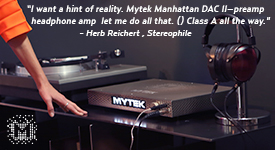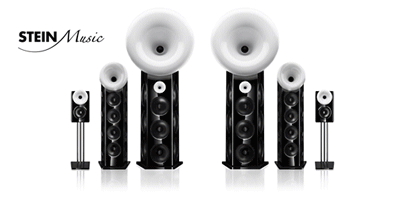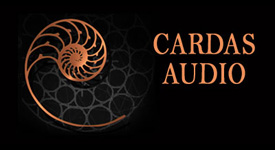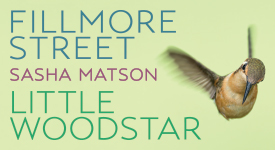A new album from Rachel Podger and Brecon Baroque, recorded by Jared Sacks, is always reason to celebrate! Add to that some delightful discoveries from Alpha Classics, Yarlung Records (in Pure DSD256), two albums from IBS, and an intriguing peak at what may come from the "new" Channel Classics under Outhere Music's direction, and we have some good things to talk about in this issue of Recent Finds.
Just Biber, Rachel Podger and Brecon Baroque. Channel Classics 2025 (DSD256, 32-bit DXD, Stereo, MCh) Edit Master Sourced HERE
Rachel Podger returns to the music of Heinrich Ignaz Franz von Biber (1644-1704) in this collaboration with members of Brecon Baroque. It is a combination of pieces for violin and ensemble accompaniment. I profess quite a fondness for Rachel Podger's performances over the years. She radiates joy in her music-making. This album is filled with it. Add to this the excellent recording quality and sensibilities that Jared Sacks brings to his projects, and I am in a very happy place listening to this excellent new release.
Just listening to the masterful opening first track of this album, "Violin Sonata No. 5 in E Minor C. 142: I. [...]" you know you are in for a very special musical and aural treat. The delicate first plucks of harpsichord strings followed by the Podger's trembling introductory violin bowing are just superb. And then Podger begins the masters class in Baroque violin technique. Oh my, what great expectations are set for what will follow. The second movement launches, with theorbo and archlute (??) adding weight and substance as Podger drives forward on violin. This is great stuff, my friends. It is Baroque ensemble music making at its finest.
This consummate music making continues through the six violin sonatas, with changing ensemble accompaniment. And midway through the album, Podger inserts a work the epitomizes H.I.F. von Biber the prankster: the Violin Sonata violino solo representativa, a work so completely bizarre it brings a huge smile to my face. He seems intent on stretching the violin out of all shape. As the author of the liner notes describes, "How is it even possible that a violin can sound like this! In all these sonatas, Biber delights in bending—from detuning the violin into alien tautness and slackness to making it cluck like a hen. He seems to be playing with the very notion of what constitutes a violin, stretching its timbral and harmonic possibilities, both literally and metaphorically—and in the process, making us listeners resonate in a myriad of ways."
Such fun! This is not the staid music of ancient times that some think Baroque music to be. This is pure sly humor in the form of musical entertainment.
This is an album to be enjoyed thoroughly. One to which you may return, and return again, to find new details, new passages, that utterly delight. I'm now on my third listening. I know I shall return often.
And the sound quality? Eminently that for which I've come to love the recordings of Jared Sacks. It is so natural sounding, so filled with life, so completely as if I have these marvelous artists with me in my listening room, and I am the quiet observer privileged to listen in to their live performance.
Rachel Podger and members of Brecon Baroque
All Things Common—Music of Tarik O'Regan, Robert Istad conducting members of Pacific Chorale and Salastina. Yarlung Records 2020 [Pure DSD256, Stereo, MCh] Edit Master Sourced HERE
This is without a doubt among the two or three most beautifully recorded choral albums in my music library. And, the fact that it was recorded with a single stereo microphone in Pure DSD256 (with two ambiance microphones for the surround sound edition) makes it perhaps the most transparent, utterly lucid choral recording I know—among the best of the best.
True to Yarlung's recording aesthetic, the 24 singers from Pacific Chorale and five string players from Salastina Music Society recorded this album in single takes of entire tracks recorded in the smaller, more intimate, 300-seat Samueli Theater at Segerstrom Center for the Arts. The performance you hear is real. It is not surgically stitched together from many different takes.
The works on this album are composed by English composer and Pacific Chorale's Composer-in-Residence Tarik O'Regan. They feature choral writing for a variety of vocal and instrumental combinations composed over several decades, and shows the arc of his musical style and compositional career—from the earliest piece performed, the Magnificat and Nunc Dimittis of 2001, to Facing West (a setting of Walt Whitman's poem for eight-part chorus and solo cello) completed in 2019 on commission by Pacific Chorale as O'Regan became a resident of California.
These are 21st Century works, but with all the lyricism and tonality of the great earlier choral tradition with which O'Regan grew up. His compositions begin at Oxford University, where he wrote for the famous all-male Choir of New College, Oxford, with its boy trebles, and continued during his time as a postgraduate composition student at Cambridge University, where he wrote for the renowned SATB mixed choir at Clare College.
The longest work of the album is the almost 20-minute The Ecstasies Above (2006), which O'Regan composed for two vocal quartets, chorus, and string quartet. It was a Yale Institute of Sacred Music (Yale University) commission, and was premiered by the Yale Schola Cantorum. Frequently performed, The Ecstasies Above sets the poem Israfel by Edgar Allan Poe (1809-1849). The contrasting sections and sound combinations between the three main musical groups are fascinating to hear. I was thoroughly engaged by the piece in this, my first, hearing of the work. I cannot imagine it being performed better than heard here, nor can I imagine a more utterly lucid and transparent recording with such incredibly precise location of performers.
The album closes with the intimate I Listen to the Stillness of You (2016) setting the text of the D. H. Lawrence poem Amores (1916). The stillness and beauty of this track makes for a transcendent close to this outstanding album.
Music Director Robert Istad with Charles Tyler, the solo cello performer heard in Facing West (2019), Track 5
In Wilhelmine's Footsteps—Music of the Bayreuth Court, Camerata Oresund. Channel Classics 2025 (DXD, Stereo) HERE
This new release from Channel Classics begins, perhaps, to give us a glimpse of how the label's new owner, Outhere Music, may chaperone the brand as it uses independent recording contractor for future releases. No, this release was not recorded by Jared Sacks, but by Swedish recording engineer Ragnheiður Jónsdóttir. And the results are encouraging. The sound quality is quite good. Well balanced, very natural, not overly manipulated to my ear. I am encouraged.
And, I like the music and the performances. Recorded in April 2024 at Borlunda kyrka, Eslöv (Sweden), the Camerata Oresund provides us with a recital such as we might have heard in the salon of the Bayreuth Court in the days of Margravine Wilhelmine von Bayreuth (1709-1758), composer, instrumentalist, and patron of the arts. She was an influential cultural and intellectual figure. Her dedication to music and the arts transformed the court of Bayreuth into a miniature Versailles, leaving behind a legacy of artistic richness. For context, Wilhelmine's father was King Frederick William I of Prussia, and her brother Frederick was the future King Frederick the Great of Prussia.
The recital heard here is a combination of some small works by Wilhelmine (including her very lovely Sonata in A Minor for Flute and Basso continuo) and other works by Bernhard Joachim Hagen, Pietro Locatelli, and Johann Pfeiffer. All of it is very nicely and engagingly performed. If you enjoy music of the high Baroque, you should find this a very welcome listen indeed. I certainly did. And, test of tests, I will be listening to it again!
Corelli After Schickhardt, Serendipia Ensemble. IBS Classical 2024 (192k, Stereo) Edit Master Sourced HERE
This album derives from the famous Concerti Grossi, Op. 6, by Arcangelo Corelli (1653-1713) interpreted by Johann Christian Schickhardt (1682-1762) as sonatas, and then further interpreted this past year as trio sonatas for two recorders and continuo group comprised of harpsichord, viola da gamba, baroque bassoon, and theorbo (or alternately baroque guitar). And all very nicely done!
Although Corelli's works were not extensive compared with other composers, they enjoyed great prestige. Along with his concerti grossi, his work was used as a model by many composers of his time and widely transcribed for performance with other instrument combinations. Of Corelli's music, eighteenth century musicologist Charles Burney wrote in his A General History of Music (1789) "The harmony is so pure, so rich and so pleasing; the instrumental parts are so clear, well thought out and ingeniously arranged, that the general result (in the orchestra) is so majestic, solemn and sublime that the music precludes all criticism..."
The concerti grossi were published in 1714 (a year after Corelli's death), in Amsterdam by the French publisher Estienne Roger. The number of editions of opus 6 was unprecedented. They were published in Amsterdam, London and Paris, being reprinted until the last years of the 18th century.
Recorder players Rita Rógar and Moisés Maroto, together with other members of their Serendipia Ensemble, have undertake yet another transformation of these concerti grossi following Schickhardt's sonata version. Theirs is to expand the solo sonatas to trio sonatas for two recorders and ensemble.
And the outcome heard on this album is very pleasing, very enjoyable. With the layering of different instruments the trio sonatas provide, we can begin to hear the musical complexity so valued in the Corelli originals.
Zarzuela Viva, Alejandro Muñoz, Coro de Ópera de Córdoba, Javier Povedano, Lucía Tavira, Orquesta de Córdoba. IBS Classical 2025 (96k, Stereo) Edit Master Sourced HERE
Classify this as a bit of a guilty pleasure. I've never been a opera fan, but I enjoy a rousing chorus and orchestra having fun. Toss in some excellent soloists here and there for a lovely aria, and I'm okay with that. Immerse me in Spanish zarzuela, as here, and I am having a happy 55 minutes.
Among the many ways to define zarzuela, the most accurate is that of a "national lyric" genre. Under the direction of conductor Alejandro Muñoz, the Córdoba Opera Chorus and the Córdoba Orchestra present a selection of the most emblematic pieces from the period of zarzuela's greatest splendor, from the last quarter of the 19th century to the first third of the 20th.
Would I want the entire works represented here in snippets, probably not. But am I enjoying a sojourn in Spain from the turn of the century a hundred years ago? Oh, very much yes indeed.
The original recording resolution was 96k, an unfortunately common occurrence. I listened to the DXD file derived by NativeDSD from the 192k edit master supplied to them and it sounded quite good, with good resolution and clarity. More importantly, the recording has a nice balance of orchestra to chorus to soloists—well done!
From Eastern Europe (Double Album), Marie-Elisabeth Hecker, Martin Helmchen. Alpha Classics 2025 (96k, Stereo) Edit Master Sourced HERE
I was immediately drawn to explore this album because of the wealth of music by 20th Century composers whom I greatly enjoy: Shostakovich, Prokofiev, Rachmaninoff, Schnittke, Stravinsky, and Weinberg. And all of it for cello and piano. What a prize, I thought! And what a prize it has turned out to be, indeed.
The performances are superb. Insightful, filled with emotional intensity, played with fluid clarity and character. I have loved every moment of the performances on this double album.
Each of the works on this album is a masterpiece.
Dmitri Shostakovich (1906-1975): Sonata for Cello in D Minor Op. 40
Alfred Schnittke (1934-1998): Sonata for Cello and Piano No. 1
Igor Stravinksy (1882-1971): Suite Italienne
Mieczyslaw Weinberg (1919-1996): Sonata for Cello No. 2 Op. 63
Sergei Prokofiev (1891-1953): Sonata for Cello in C Major Op. 119
Sergei Rachmaninoff (1873-1943): Sonata for Cello and Piano in G Minor Op. 19
And the performances do justice to them. They are so intense that I could not simply listen through the entire double album in one sitting. I had to break up my listening over several days, with sometime just one work on a given day (e.g., the 28-minute Shostakovich Sonata for Cello, op. 40, where you are convinced the pianist will destroy the piano in the final movement), then time to come up for air and a reset to be able to digest the next work. I tried to start the Schnittke Sonata immediately after the Shostakovich, but had to stop. That, my friends, is a good sign of outstanding performances when dealing with works such as these.
Marie-Elisabeth Hecker, Martin Helmchen
The recordings at the Sendesaal Bremen (Germany) are very nicely done. There is enough distance to the instruments to allow the harmonics to develop, a very nice balance of direct and reflected sound, and an excellent balance of the two instruments relative to each other. I could only wish that the original recording resolution had been DXD or DSD256, but then only based on what my experience tells me might have made an excellent recording just that much more rewarding. (Hint, hint, Outhere... You have the opportunity to set higher expectations for your producers and recording engineers.)

